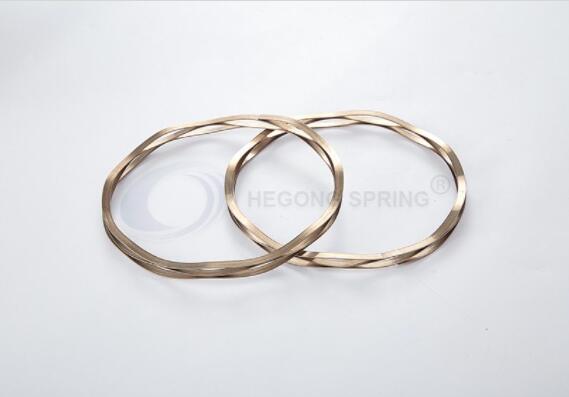There are many medical technologies on the market, from thermometers to mechanical ventilators. Product life cycles are often short before improved versions become available, and design engineers in the field are constantly innovating to improve patient care.
One example of rapid innovation is wearable technology, which can now be used to track everything from a patient's blood pressure to walking gait, electrolyte levels and heart rhythm. Overall, we are seeing innovation in the tools and technologies used to prevent, diagnose and manage disease. As the use of digital technology in medical applications increases, engineers are designing new innovations to aid in patient welfare.
As innovation makes technology more complex, design engineers are often faced with the challenge of device size, especially when integrating all mechanical components to a practical size. For example, traditional coil springs may be too large for medical technologies designed to be small and light, leading design engineers to consider alternatives.

Springs are used in many medical products. They are often used as reset springs on function buttons - they can also be used to maintain electrical contact or compensate for assembly tolerances. Traditionally, coil springs have been used in these applications, but the tide is starting to turn.
Another option is the wave-to-wave spring, which applies the same force axially as a coil spring when compressed. Wave springs are a very space-saving technology because they require less than half the space needed for coil springs - providing the same spring force at a much smaller working height. This, in turn, reduces the spring cavity, which is helpful when space is at a premium.
As a result, wave springs are a great asset for designers of handheld instruments and tools or wearable devices who want to design lightweight, compact and balanced products.
Another accurate and reliable option is the single-coil wave spring, which can be useful if the application involves short deflection and low to medium forces. If a linear load carrying system is required, a linear spring may be a good choice.
However, engineers cannot simply swap between coil springs and wave springs. Designers should be aware that when a waveform spring applies a load, the waveform flattens to provide an upward force, while a coil spring will twist when compressed, meaning that not all of the force is aligned with the shaft. A waveform spring expert can help point you in the right direction when designing a product into your application.
Wave springs are manufactured in many different forms and have many spring characteristics. If there are no suitable off-the-shelf options available, designers can choose to customize wave springs - changing the number of coils or waveforms, materials, dimensions - to meet specific product needs.
The most popular wave spring materials for medical applications are 302 and 316 stainless steel, because they can withstand the higher temperatures imposed during cleaning and sterilization without compromising spring performance. They are also ISO certified.
An example of a successful application is the design of wave springs for insulin pens, which help control and measure the dose injected into the patient. Wave springs are also used in surgical and dental tools that use high-speed precision bearings.
Several design iterations may be required before a wave spring is perfectly suited for an application. We recommend that design engineers work closely with a waveform spring expert for support and advice to achieve the best solution.
Previous: Precautions When Installing the Metal Compensator
Next: Sintered Porous Metal Filter Element Sintered Metal Powder Filters
Copyright:@2020-2021
Comments Please sign in or sign up to post.
0
0 of 500 characters used